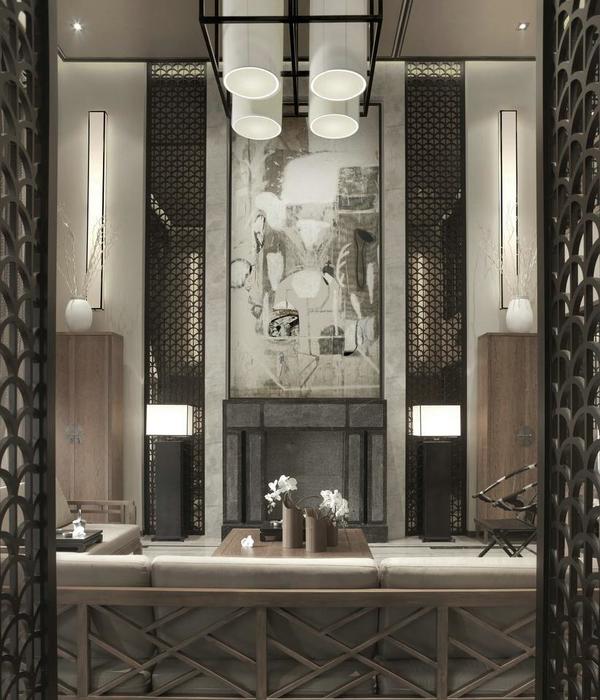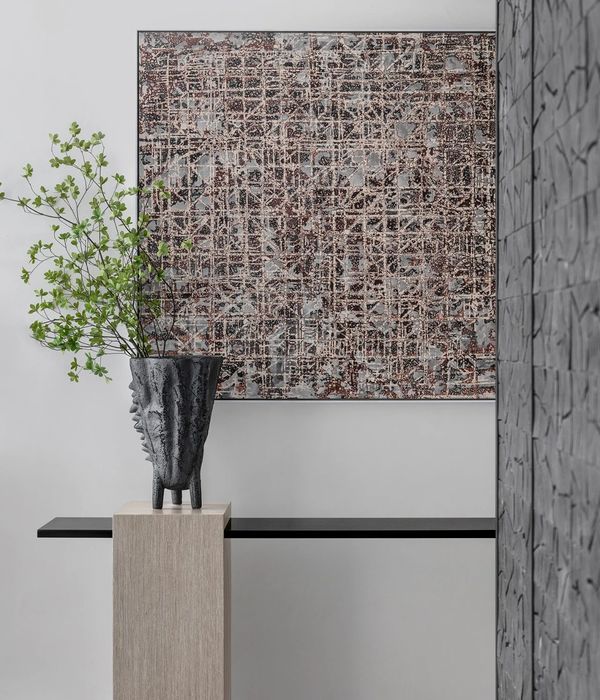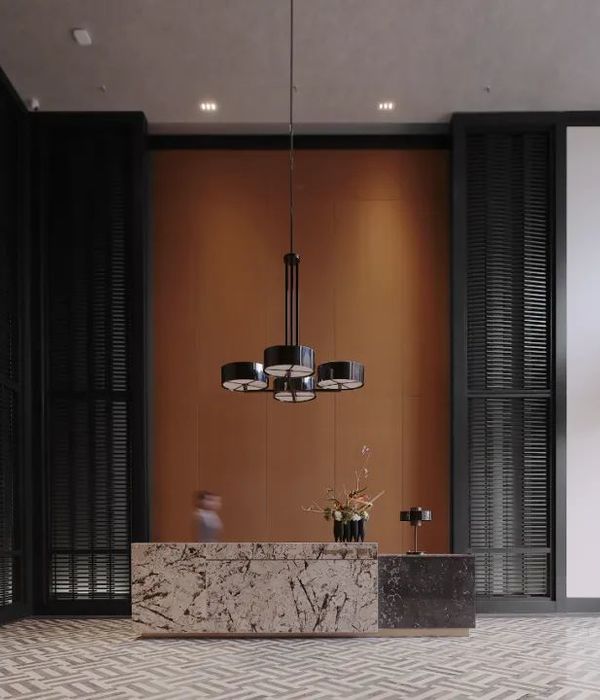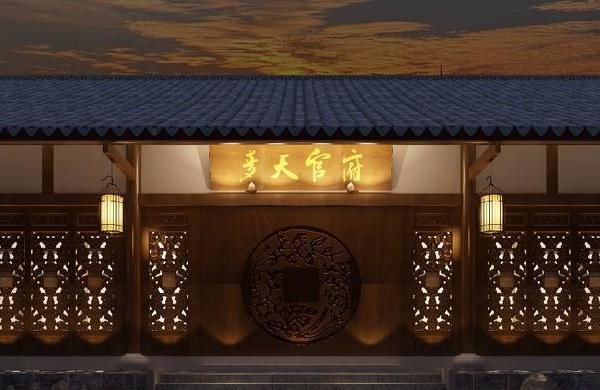Living Room of the Glass House by Lina Bo Bardi, 1951/1952. Photography, Peter Scheier, IB Archives
It has been an exceptionally busy month for Nilufar Gallery. While the rest of Italy absconds to the seaside during the holiday-packed last weeks of April, Nina Yashar has been working double-time. Earlier this month at the Salone del Mobile, the Milan-based gallerist launched multiple projects including the seemingly space-age ‘FAR’, a group show of young, experimental designers; ‘Piano Nobile’, a new collaborative installation; as well as ‘New Sculptural Presence’ by Studio Urquiola and Libby Sellers. But that, apparently, wasn’t enough.
During New York’s TEFAF, The European Fine Art Fair (3-7 May), Nilufar opens ‘Studio d’Arte Palma’ at Manhattan’s Gladstone 64 gallery, a continuation of Yashar’s research into the work of Italian-Brazilian designer/architects Lina Bo Bardi and Giancarlo Palanti. A version of the exhibition was initially shown during 2018’s Salone del Mobile, but this latest iteration will delve deeper into the legacy of 20th century Brazilian art and design with the inclusion of artists Hercules Barsotti, Sergio Camargo, Aluísio Carvão, Lygia Clark, and Alfredo Volpi, who worked contemporaneously to the pair.
Desk Chair, by Lina Bo Bardi, for Casa Valéria Cirell, Morumbi-São Paulo, after 1958. Photography: Daniele Iodice. Courtesy, Nilufar Gallery, Milan, and Gladstone Gallery, New York and Brussels
‘I am truly honoured to present with Barbara Gladstone this iteration of the exhibition “Lina Bo Bardi Giancarlo Palanti – Studio d’Arte Palma 1948-1951”,’ says Yashar of the collaboration with Gladstone Gallery. ‘The show results from a long and thorough work I conducted with the Instituto Bardi and Casa de Vidro and, according to the Institute, represents a focal and an unprecedented point in the research of Lina Bo Bardi’s work as designer from the collectors’ point of view.’
The exhibition centres on the output of Bo Bardi and Palanti’s design firm, Studio de Arte Arquitetura Palma, which was founded in 1948 following their emigration from Italy to Sao Paulo after the Second World War. Detailing the duo’s innovative approach — a blend of Italy-educated design sense and Brazil’s boundary-pushing modernism of the time — a collection of rare design pieces in Brazilian wood and leather will be shown alongside the selection of paintings: Bo Bardi’s calfskin Tripé armchair; the Pompéia stool, designed for her 1977 SESC Pompeia Factory in Sao Paulo; and block-like pews created for the Espírito Santo do Cerrado Church in Uberlândia will be amongst the exceptional edit.
Poméla stool, by Lina Bo Bardi, for the SESC Poméla, São Paulo, 1970-1980. Photography: Daniele Iodice. Courtesy, Nilufar Gallery, Milan, and Gladstone Gallery, New York and Brussels
‘New York, where many admirers and collectors of Lina’s work live, and the Gladstone Gallery, whose fine selection of artworks make the exhibition unique, are the perfect location to celebrate and pay homage to Lina’s precious legacy,’ Yashar says of the project. §
Installation view of ‘Lina Bo Bardi Giancarlo Palanti – Studio d’Arte Palma 1948-1951’ at Gladstone 64 in New York. Photography by David Regen. Courtesy, Nilufar Gallery, Milan, and Gladstone Gallery, New York and Brussels
Rare desk, by Estúdio de Arte Palma: LBB And Palanti, São Paulo. Designed by Lina Bo Bardi, 1949-1950. Photography: Daniele Iodice. Courtesy, Nilufar Gallery, Milan and Gladstone Gallery, New York and Brussels
Zig Zag armchair, by Estúdio de Arte Palma: LBB And Palanti, São Paulo. Designed by Giancarlo Palanti for the foyer of the Teatro Cultura Artística, São Paulo 1949-1950. Photography: Daniele Iodice. Courtesy, Nilufar Gallery, Milan, and Gladstone Gallery, New York and Brussels
{{item.text_origin}}












